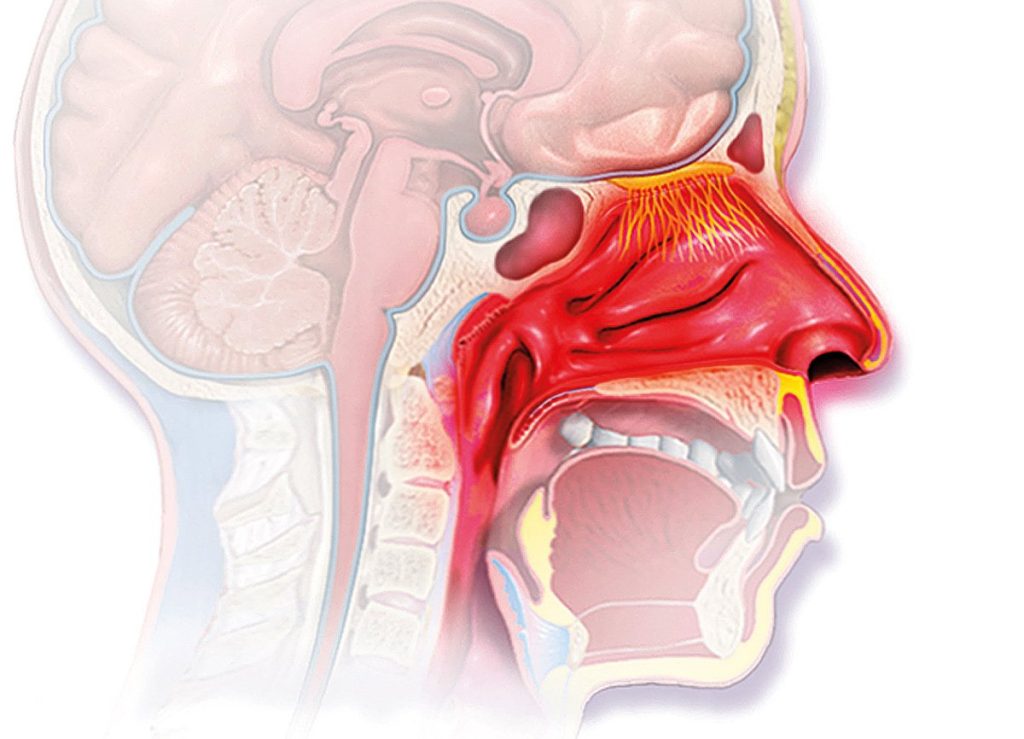Allergic Rhinitis
Allergy symptoms occur when the immune system in the body reacts to any foreign substance. Our immune system transmits antibodies to the place where the allergen is located and in this way aims to protect our body. This struggle between allergens and the antibodies sent by the immune system leads to the release of various chemicals into the blood; These chemicals released into the blood also cause allergic disease symptoms.

What are the Types of Allergic Rhinitis?
There are two types of allergic rhinitis. We can list them as follows
Seasonal Allergic Rhinitis
Prolonged Allergic Rhinitis Occurring Year-round
What Are the Symptoms of Allergic Rhinitis?
Symptoms of allergic rhinitis are similar to the common cold. However, while the main source of cold is a virus, the cause of allergic rhinitis is not a virus. Although allergic rhinitis is a very common allergic reaction, seasonal allergic rhinitis is more common in children and adolescents. Most patients suffering from allergic rhinitis have symptoms before the age of 20. Symptoms that do not change in early adulthood begin to improve in middle age and beyond.
We can list the signs and symptoms of allergic rhinitis, which cause many symptoms, as follows:
Sneeze,
nasal congestion,
runny nose,
Postnasal drip,
Itchy and watery eyes
swelling of the eyelids,
Itching of the mouth, throat, ears and face
Sore throat
dry cough
Headache
dark circles under the eyes
Facial pain or a feeling of pressure
Partial loss of hearing, taste and smell
Fatigue and weakness
The severity of these symptoms varies from person to person. Many people who suffer from allergic rhinitis also suffer from asthma.
What are the Causes of Allergic Rhinitis?
The immune system, which is extremely prominent in fighting harmful substances such as viruses and bacteria; It can overreact to some substances such as pollen, animal hair, mold, even if they are harmless. This reaction is called an “allergic reaction”.
Seasonal allergic rhinitis is usually caused by flying tree, meadow and grass pollen; Pollens in the area you live in stand out as the determining factor of the development and severity of the disease. This is why some of the people who moved get rid of their complaints or their complaints increase. Finally, due to the higher concentration of pollen in dry and windy weather, seasonal allergic rhinitis symptoms may increase.
Long-term (annual) allergic rhinitis can be triggered by the following factors:
Dust and household items
Cockroaches / Smoke / Molds / Fog
What Are the Risk Factors of Allergic Rhinitis?
There are some risk factors that trigger an allergic reaction called allergic rhinitis (hay fever). We can list these risk factors as follows:
Past history of allergies in family members.
Presence of food allergies or other allergies (such as eczema) in the individual,
Exposure to secondhand smoke as a passive smoker.
Who Gets Allergic Rhinitis?
Allergic rhinitis, which can occur in any age group, is most commonly seen between the ages of 18-25. It can also be seen in newborn babies and just after infancy. With the deterioration of environmental conditions, the possibility of allergic rhinitis has increased and the age limit has disappeared. Allergic rhinitis affects approximately 20% of children and adults today.

